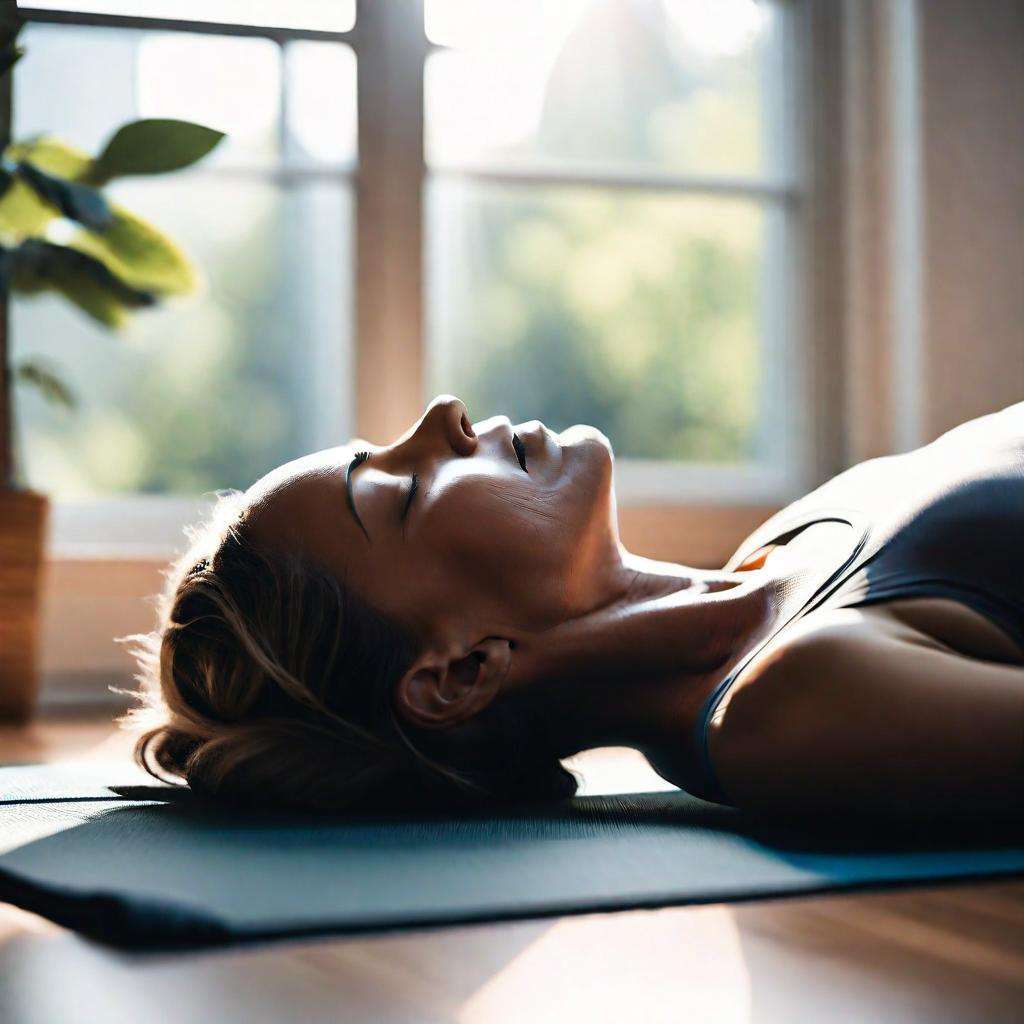
In today’s fast-paced world, finding inner peace and maintaining mental well-being can be challenging. This is where mindfulness meditation practices come into play. These practices offer a way to center yourself, reduce stress, and improve your overall health. In this ultimate guide, we will explore the essentials of mindfulness meditation, how to get started, and the benefits you can expect.
What is Mindfulness Meditation?
Mindfulness meditation is a form of meditation where you focus on being intensely aware of what you’re sensing and feeling in the moment, without interpretation or judgment. Practicing mindfulness involves breathing methods, guided imagery, and other practices to relax the body and mind and help reduce stress.
Benefits of Mindfulness Meditation
1. Reduces Stress
One of the most well-known benefits of mindfulness meditation is stress reduction. By focusing on the present moment, you can reduce the levels of cortisol, the stress hormone, in your body.
2. Enhances Emotional Health
Mindfulness meditation can lead to improved mood and a more positive outlook on life. It helps manage symptoms of depression and anxiety by promoting a more balanced emotional state.
3. Improves Focus and Concentration
Regular mindfulness practice can improve your attention span and enhance your ability to concentrate on tasks.
4. Promotes Better Sleep
By calming the mind and reducing stress, mindfulness meditation can help you fall asleep faster and improve the quality of your sleep.
5. Supports Physical Health
Mindfulness meditation has been linked to lower blood pressure, improved heart health, and a stronger immune system.
Getting Started with Mindfulness Meditation Practices
1. Set Aside Time
Choose a time of day that works best for you. It could be in the morning, during a lunch break, or before bed. Start with just 5-10 minutes a day and gradually increase the duration as you become more comfortable with the practice.
2. Find a Quiet Space
Select a quiet and comfortable place where you won’t be disturbed. It could be a corner of your room, a spot in your garden, or any place where you feel at ease.
3. Get Comfortable
Sit in a comfortable position. You can sit on a chair with your feet flat on the ground or cross-legged on a cushion. Keep your back straight, but not rigid, to allow for easy breathing.
4. Focus on Your Breath
Begin by focusing on your breath. Notice the sensation of the air entering and leaving your nostrils. If your mind starts to wander, gently bring your focus back to your breathing.
5. Practice Regularly
Consistency is key to reaping the benefits of mindfulness meditation. Aim to practice daily, even if it’s just for a few minutes.
Advanced Mindfulness Meditation Practices
Once you’re comfortable with the basics, you can explore more advanced mindfulness techniques:
Body Scan Meditation

This practice involves focusing on different parts of your body, from your toes to your head, and observing any sensations you feel.
Loving-Kindness Meditation
Also known as Metta meditation, this practice focuses on cultivating an attitude of love and kindness towards oneself and others.
Mindful Walking

In mindful walking, you focus on the experience of walking, paying attention to the movement of your feet, the rhythm of your breath, and the sights and sounds around you.
Guided Meditation
Using apps or online resources, you can listen to guided meditations that lead you through mindfulness practices.
Tips for Successful Mindfulness Meditation
- Be Patient: Mindfulness meditation is a skill that takes time to develop. Be patient with yourself and avoid judging your practice.
- Start Small: Begin with short sessions and gradually increase the time as you become more comfortable.
- Stay Consistent: Practice mindfulness meditation regularly to build a habit and experience the benefits.
- Use Resources: Utilize books, apps, and online courses to support and guide your meditation practice.
Conclusion
Mindfulness meditation practices can transform your life by reducing stress, enhancing emotional health, and improving overall well-being. Whether you’re new to meditation or looking to deepen your practice, incorporating mindfulness into your daily routine can lead to profound changes. Start small, stay consistent, and enjoy the journey towards a more mindful and peaceful life.
FAQs
Q1: How long should I meditate each day? Start with 5-10 minutes a day and gradually increase the duration as you become more comfortable.
Q2: Do I need any special equipment to practice mindfulness meditation? No special equipment is needed. Just a quiet space and a comfortable place to sit.
Q3: Can mindfulness meditation help with anxiety? Yes, regular mindfulness meditation can help reduce anxiety and promote a more balanced emotional state.
By following these guidelines and incorporating mindfulness meditation practices into your daily routine, you can achieve greater peace and well-being in your life. Happy meditating!

